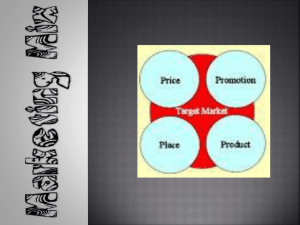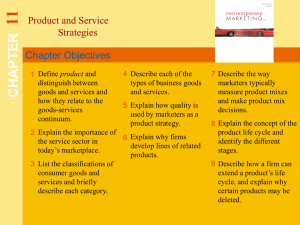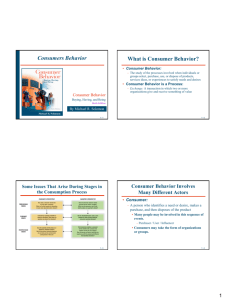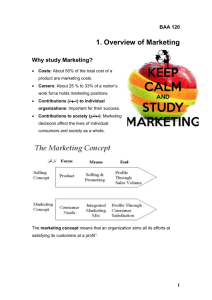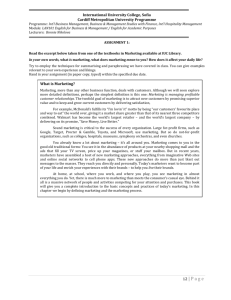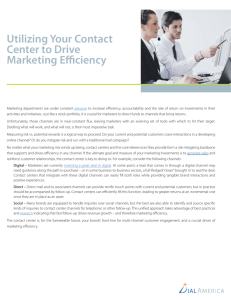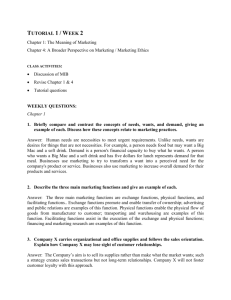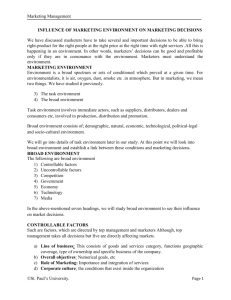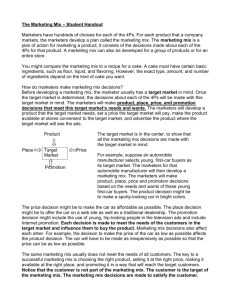International Marketing Research
advertisement
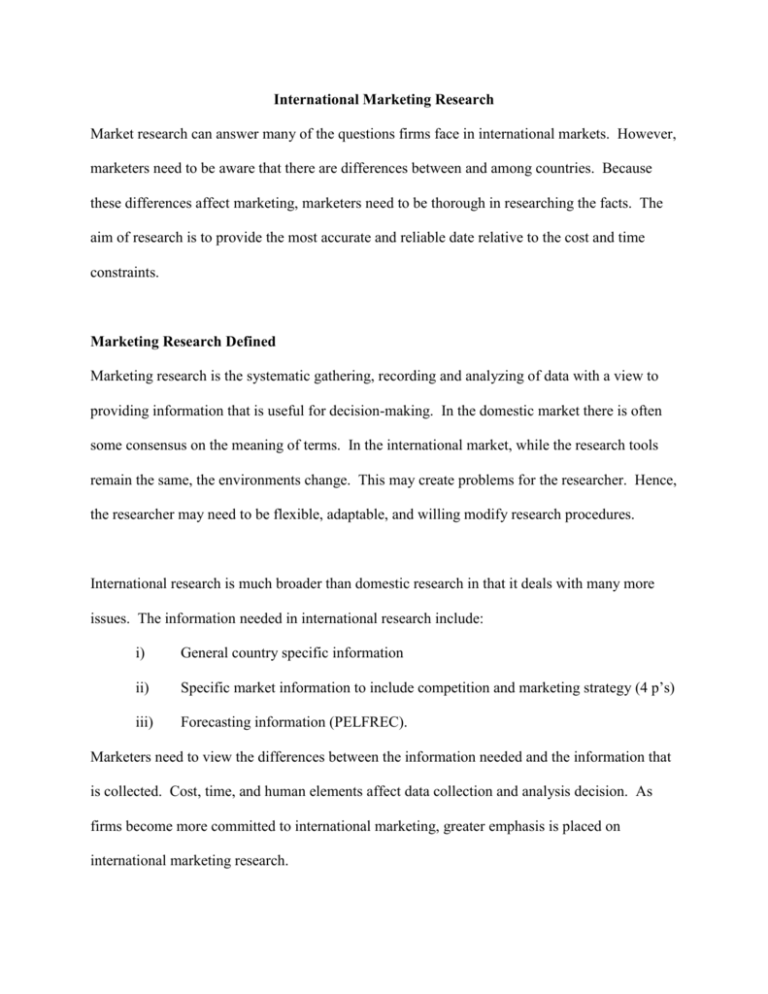
International Marketing Research Market research can answer many of the questions firms face in international markets. However, marketers need to be aware that there are differences between and among countries. Because these differences affect marketing, marketers need to be thorough in researching the facts. The aim of research is to provide the most accurate and reliable date relative to the cost and time constraints. Marketing Research Defined Marketing research is the systematic gathering, recording and analyzing of data with a view to providing information that is useful for decision-making. In the domestic market there is often some consensus on the meaning of terms. In the international market, while the research tools remain the same, the environments change. This may create problems for the researcher. Hence, the researcher may need to be flexible, adaptable, and willing modify research procedures. International research is much broader than domestic research in that it deals with many more issues. The information needed in international research include: i) General country specific information ii) Specific market information to include competition and marketing strategy (4 p’s) iii) Forecasting information (PELFREC). Marketers need to view the differences between the information needed and the information that is collected. Cost, time, and human elements affect data collection and analysis decision. As firms become more committed to international marketing, greater emphasis is placed on international marketing research. Marketers need to consider the cost related to marketing research. Indeed, cost must be matched with the risk associated with making the decision and the benefits to be derived from conducting the research. The Marketing Research Process 1. Define the Problem and establish research objectives. This is the most important step in the research process as it guides the entire research effort. Lack of knowledge about the culture or multiple cultural views affect problem definition). 2. Design the Research and determine Information sources (construct equivalencies, measurement equivalencies and sample equivalencies). 3. Gather relevant data (secondary and primary). View date accuracy, comparability, reliability, source, bias) 4. Analyze, interpret data 5. Present & disseminate the results.

